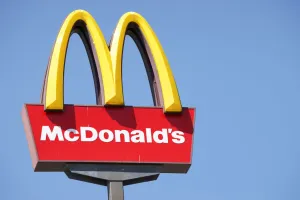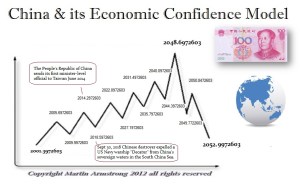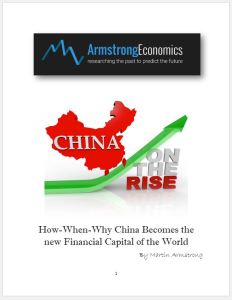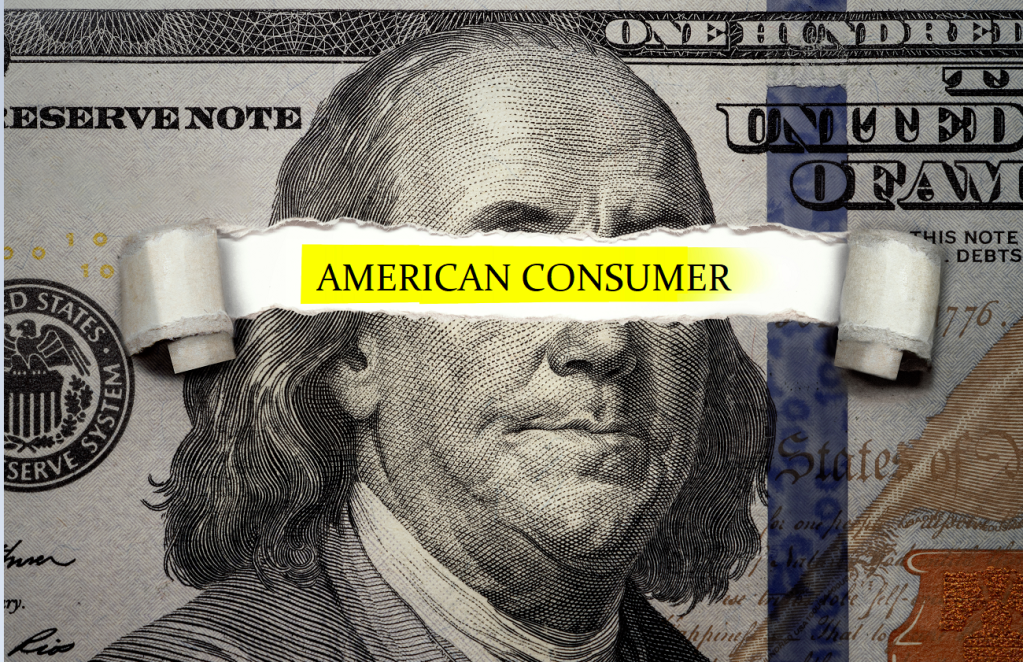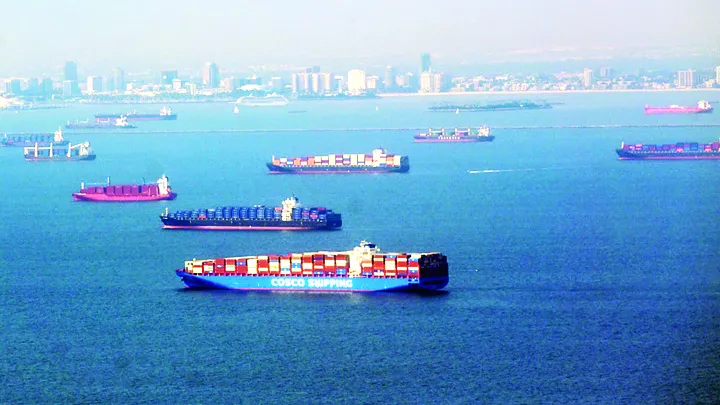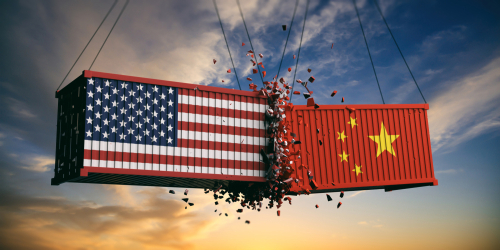My humorous post about McDonald’s celebrating Davos with the McKlaus bug burger deluxe was a pretend advertisement, for now, but McDonald’s is a World Economic Forum partner. This is relevant as McDonald’s is the second-largest private employer in the world. Their chains run across 100 countries, in nearly 40,000 stores, serving about 69 million customers daily. The yellow arches may be one of the first images that come to mind when you think of capitalism and the United States in general, but the company has set its sights on the nation that will replace America as the world’s financial capital.
CEO Chris Kempczinski has said that the Israel-Palestine war had a “meaningful business impact” as people on both sides are boycotting the restaurant chain, with most believing the establishment is pro-Israel. Less than half of their locations are located in the US, and although their business is performing well in America, the fast-food chain is betting on the future of China.
McDonald’s plans to expand by 10,000 new restaurants by 2027, with one-third of those establishments opening in China. The company expanded its dealings in China from 20% to 48% in November 2023 after purchasing shares owned by investment firm, the Carlyle Group. Their analytics found China to be the fastest-growing consumer economy, but it was not always this way. Due to low demand, McDonald’s was forced to sell off nearly 80% of its Chinese interests in 2016.
So, what was happening in China during 2016? In 2016, China’s growth dropped to 6.7%, marking the slowest pace of growth in 25 years. Fixed asset investment was no longer coming from the private sector, posing a challenge to the economy’s growth and development. The government’s attempts to inject funds into the economy through various means, including easing credit in the real estate sector, did not yield the desired results. This raised concerns about the effectiveness of the stimulus measures. China also faced challenges related to a weak banking system, overreliance on fixed investment and government support for state-owned firms, and increasing debt levels.
Additionally, the world could not see China as anything but a Communist nation. Corporations and institutions see it otherwise; they see the lucrative business potential and a growing middle class eager to spend. Hence, they are heavily investing in future business ventures there.
China’s economy turned around in 2017, as predicted by our computer. Large-scale capital investment, financed by large domestic savings and foreign investment, and rapid productivity growth helped the economy recover. These two factors appeared to have gone hand in hand, with consumption being a major growth driver, contributing 58.8% to GDP growth in 2017.
The 2018 special report, “China on the Rise,” further explains how Socrates has been honing in on China, whose economy is expected to surpass that of the United States by 2032. With special attention to the Chinese yuan and Shanghai composite, this report examines how, when, and why China will become the new financial capital of the world.
China now has a growing middle class with some expendable income. Big corporations like McDonald’s see China as the next big opportunity, as our computer has been outlining for some time.

